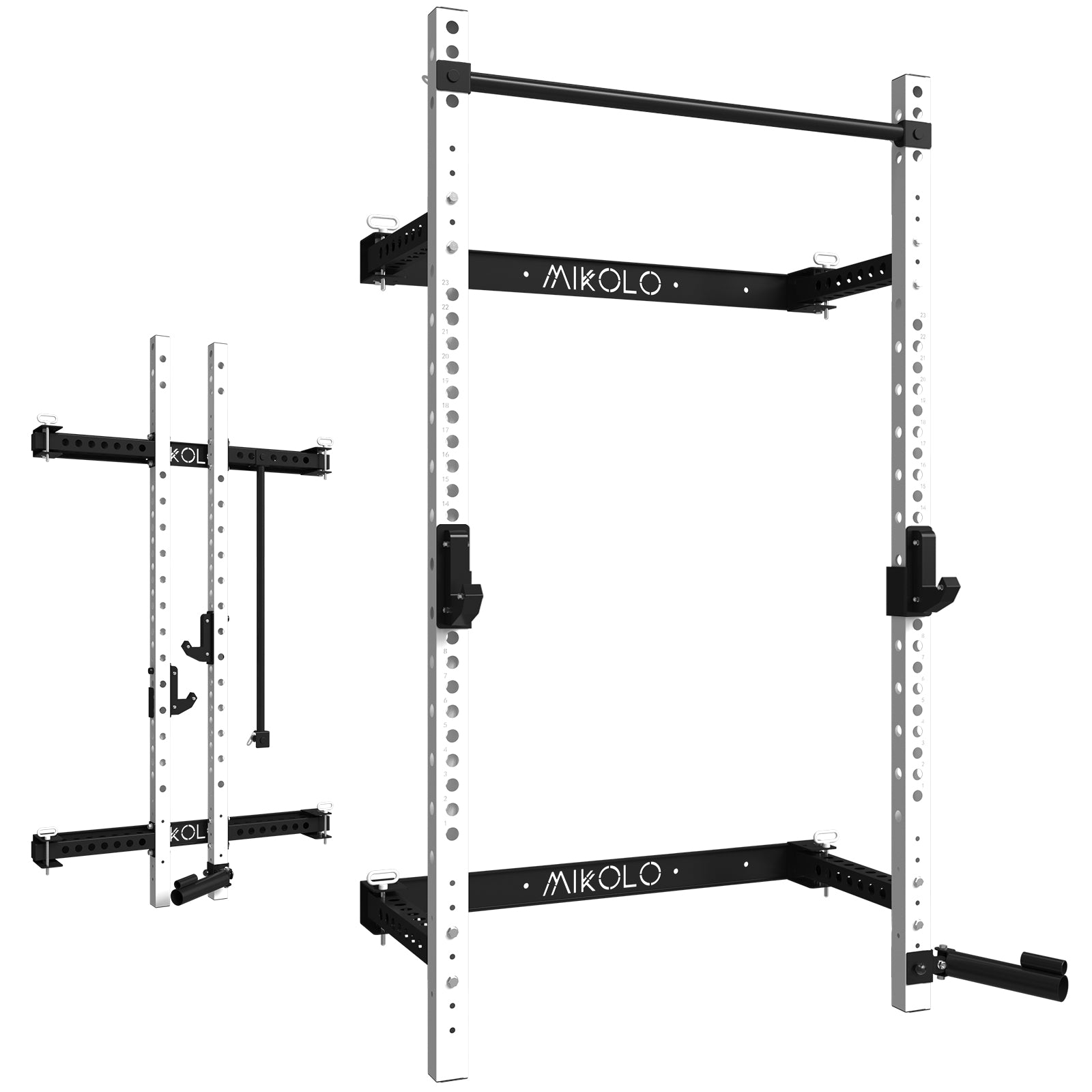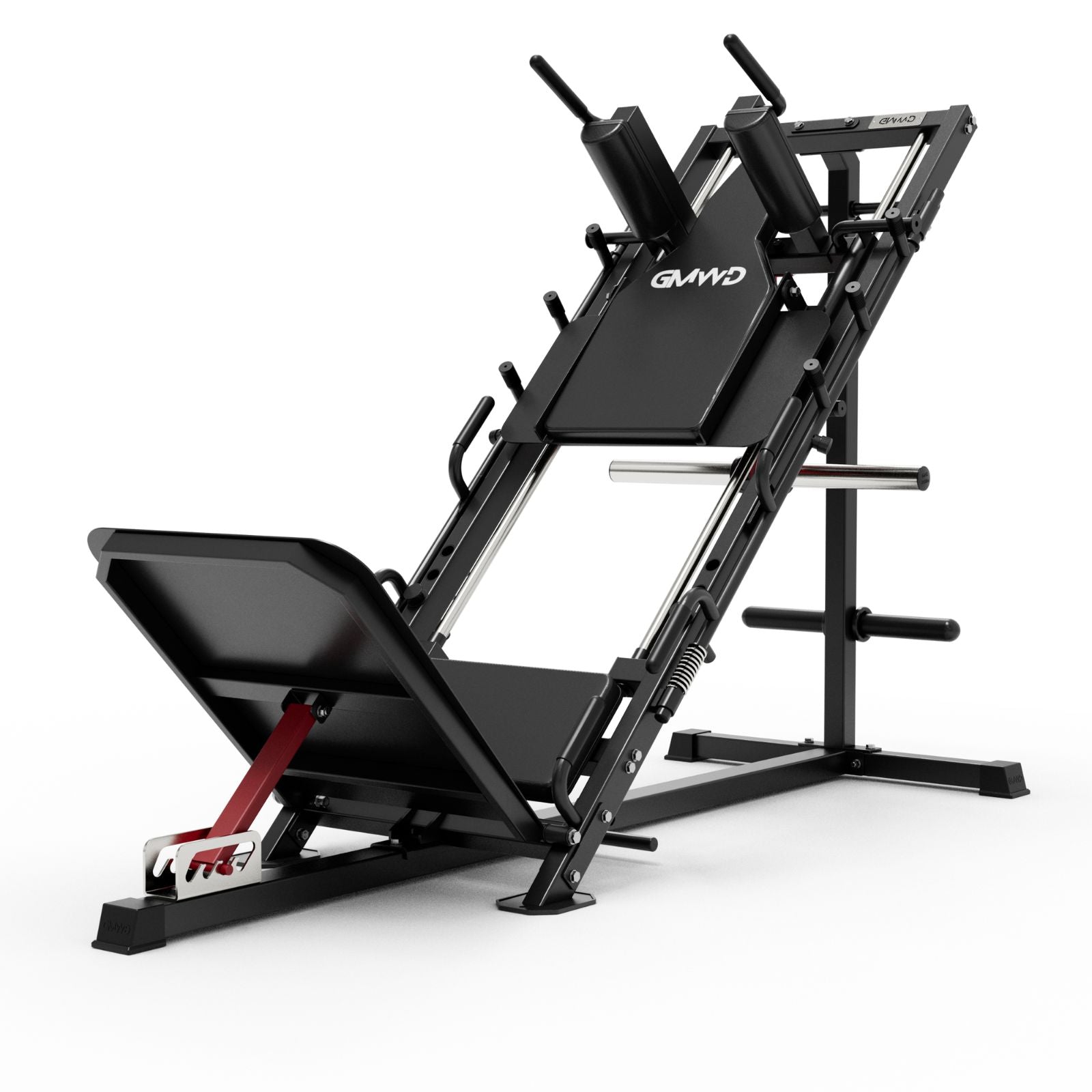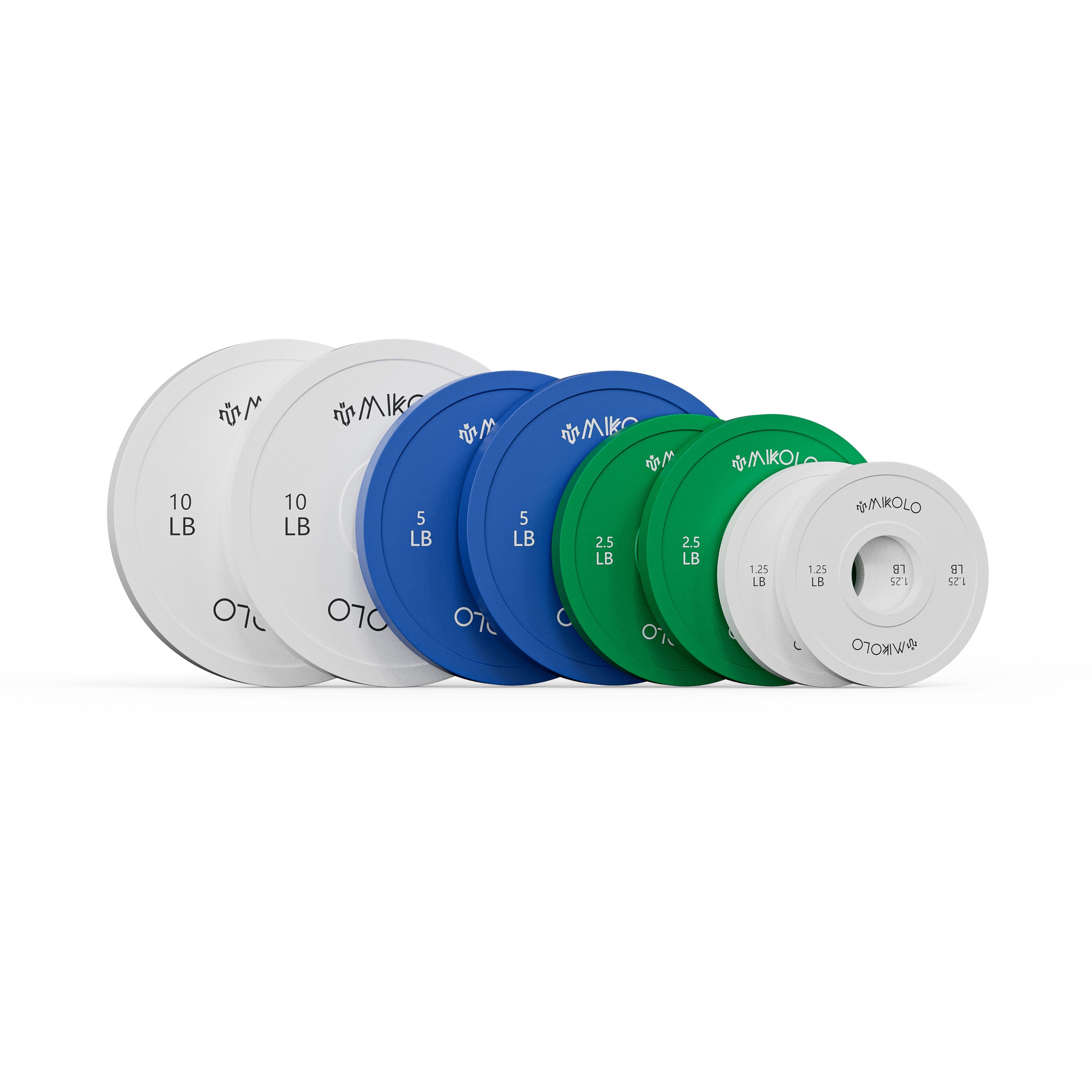When it comes to building muscle, most people focus on training harder, lifting heavier, and pushing through fatigue. But here’s a truth that often gets overlooked: muscle growth doesn't just happen in the gym—it happens during rest.
In fact, one of the most common mistakes beginners make is underestimating the power of a proper rest day. If you’ve ever wondered “do rest days help build muscle?” or “are rest days necessary for muscle growth?” the answer is a firm yes.
What Happens to Your Muscles During Rest?
Every time you strength train, you're causing small tears in your muscle fibers. That might sound like a bad thing, but it's actually the stimulus your body needs to start the rebuilding process. Rest days are when your body repairs those microtears, making the muscle fibers thicker and stronger.
Without enough rest, you’re not giving your muscles the time they need to grow. Instead, you risk falling into overtraining—leading to fatigue, plateaus, and even injury.
Do You Build Muscle on Rest Days?
Yes, and that might surprise a lot of people. Muscle protein synthesis—the process your body uses to rebuild and grow muscle—peaks 24 to 48 hours after a workout. That means on your rest days, your body is actively growing muscle tissue as long as you're fueling it with enough protein, sleep, and hydration.
Think of training as the spark and recovery as the flame that actually fuels the fire of muscle growth.
Rest Days vs. Lazy Days
It’s important to distinguish between rest and inactivity. A rest day doesn’t mean lying on the couch all day (unless your body truly needs it). Instead, many people benefit from “active rest” such as light walking, stretching, mobility work, or yoga. These help improve circulation, ease muscle stiffness, and promote faster recovery.
How Many Rest Days Do You Need?
There’s no one-size-fits-all answer, but here’s a general rule of thumb:
-
Beginner lifters: 2–3 rest days per week
-
Intermediate to advanced lifters: 1–2 rest days per week, depending on training intensity and volume
You don’t build more muscle by skipping rest. You build more fatigue. Over time, that fatigue can suppress strength gains and increase your risk of injury.
My Own Turning Point
In my early days of training, I believed more was better. I trained 6–7 days a week, thinking rest was for the weak. But I plateaued hard. I felt exhausted all the time, and my strength gains stalled.
It wasn’t until I reluctantly took two full rest days a week that everything changed. I started sleeping better, my joints hurt less, and—most importantly—I began to see real growth again. Giving my body time to recover was the smartest decision I ever made for my progress.
Final Thoughts: Rest Days Aren’t Optional
If you’re serious about building muscle, rest days are not just a recommendation—they're a requirement. Your body needs time to recover, adapt, and grow stronger. Skipping rest may feel productive in the short term, but over time, it sabotages your long-term gains.
So the next time you feel guilty for taking a day off, remind yourself: rest is part of the work.
Your progress depends on it.










































Leave a comment
This site is protected by hCaptcha and the hCaptcha Privacy Policy and Terms of Service apply.